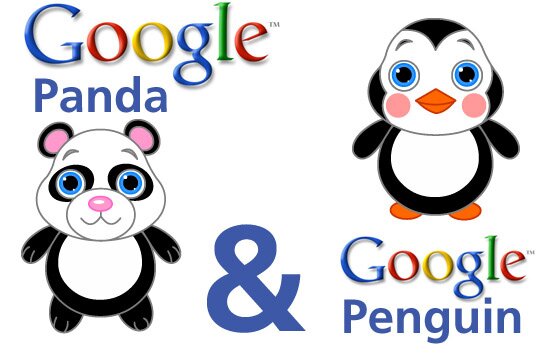
Search engine optimization, more popularly called SEO, plays a significant role to online success and keyword placement is a major factor to this success, especially if you are relying purely on organic search results to drive traffic to your website. It is important to incorporate relevant keywords naturally on specific places on your website so that your site gets optimized for search engines and at the same time becomes more useful to your target audience.
This article will be discussing where your selected keywords need to be placed on your business website. If you need help with proper keywords research, you may want to undergo SEO training first, to make sure that whatever you implement on your website leads to effective results for your company.
Once you are done with your keywords research, there are 7 places where you can put them on your website to improve your site’s SEO:
Title Tag
Title tag appears on the search engine results page as the actual link to your website. This is the first place that search engines scan, making it one of the most important places to emphasize your keywords. Make sure that all the title tags on your webpages contain your most important keywords.
Meta Description Tag
Also on the search engine results page, you’ll see the meta description just below your title tag. As you can see, there is very limited space allocated for the meta description, so aside from adding the important keywords here, it is also important to write a concise description of the webpage without exceeding 160 characters.
Headers and Sub-headers
Add keywords you’re using on each webpage’s header and sub-header. Not only does this emphasize what the page’s content is about, it is also a useful reference for people who are scanning through your website. Keep it short and relevant.
Page Content
Your webcontent is primary reason that your website exists. Keyword density is one major consideration when writing your website copy, but it is equally important to ensure that you avoid keyword stuffing. You want to incorporate keywords naturally, so your content reads well and entices your target audience to keep on reading your webpage content. Stuffing your webpage with keywords can create a bad impression and decrease your chances of making a conversion.
Link Text
Instead of using “click here” in link text, use specific keywords. This helps search engines estimate the relevance of your links. This also helps establish the relevancy of a specific webpage to a particular keyword phrase.
Breadcrumbs
Breadcrumbs are a common navigation tool on websites which can help your readers locate where they are on your website and how to get back to the previous page. Like any other place on your website, breadcrumbs offer another opportunity for you to add your relevant keywords. It is important that your breadcrumb links provide adequate detail about what the pages are without being lengthy, keeping it at 1 to 3 words at the most.
Alt and Title Attributes
While your alt and title attributes can also be used for SEO purposes, giving you another opportunity to incorporate additional keywords you’re optimizing for, you should not be writing them with only the search engines in mind. Always keep the alt and title attributes relevant and don’t use them to duplicate content that is already on the page. Also, avoid stuffing these with keywords.
By adding relevant keywords in these 7 important places on your website, your site can now be optimized to be visible on search engine results.
Featured images:
 License: Creative Commons image source
License: Creative Commons image source
Michelle Rubio is an experienced SEO copywriter and blogger since 2010. She has been working with various businesses, big and small, in the United States, UK, Canada, and Australia. You can see more of her works and experiences in her LinkedIn profile.








 All In News Get in touch with latest News
All In News Get in touch with latest News










